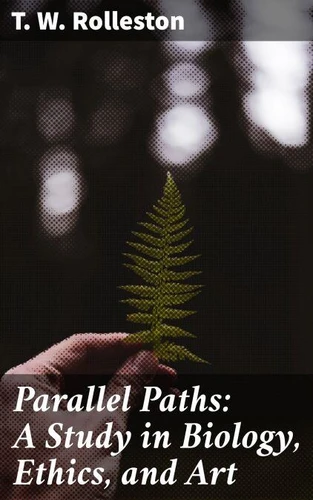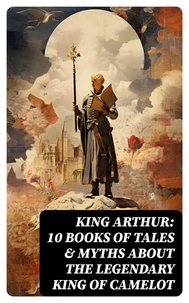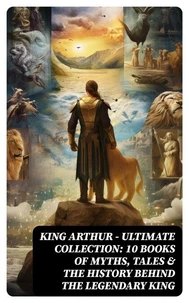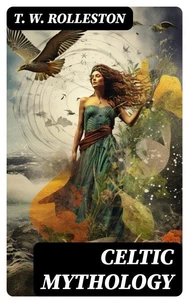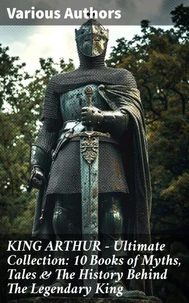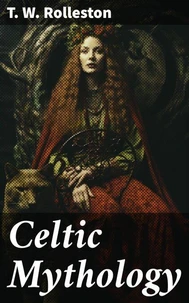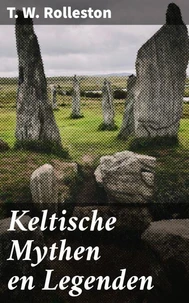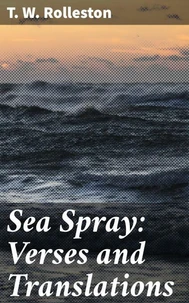Parallel Paths: A Study in Biology, Ethics, and Art. Exploring the Intersections of Science, Morals, and Creativity
Par :Formats :
Disponible dans votre compte client Decitre ou Furet du Nord dès validation de votre commande. Le format ePub est :
- Compatible avec une lecture sur My Vivlio (smartphone, tablette, ordinateur)
- Compatible avec une lecture sur liseuses Vivlio
- Pour les liseuses autres que Vivlio, vous devez utiliser le logiciel Adobe Digital Edition. Non compatible avec la lecture sur les liseuses Kindle, Remarkable et Sony
 , qui est-ce ?
, qui est-ce ?Notre partenaire de plateforme de lecture numérique où vous retrouverez l'ensemble de vos ebooks gratuitement
Pour en savoir plus sur nos ebooks, consultez notre aide en ligne ici
- Nombre de pages202
- FormatePub
- ISBN406-4-06-620297-2
- EAN4064066202972
- Date de parution19/05/2021
- Protection num.Digital Watermarking
- Taille768 Ko
- Infos supplémentairesepub
- ÉditeurGOOD PRESS
Résumé
In "Parallel Paths: A Study in Biology, Ethics, and Art, " T. W. Rolleston weaves an intricate narrative that explores the interconnections between the fields of biology, moral philosophy, and artistic expression. Adopting a multidisciplinary approach, Rolleston delves into how biological concepts influence ethical considerations and artistic creativity, with a writing style that is both accessible and intellectually rigorous.
Drawing from a variety of case studies and historical examples, the book challenges readers to rethink the relationship between science and the humanities, positioning art as an essential pathway to understanding biological and ethical complexities. T. W. Rolleston, an eminent scholar in the biological sciences and ethics, has a rich background that informs his exploration of these themes. His previous works have focused on the ethical implications of scientific advancements, and his profound interest in the arts adds a unique dimension to his academic pursuits.
Rolleston'Äôs interdisciplinary perspective stems from both his academic training and his passion for various forms of artistic expression, allowing him to bridge gaps that often exist between diverse fields. "Parallel Paths" is an essential read for those interested in the intersections of biology, ethics, and art. It enriches the reader's understanding and appreciation of these disciplines, encouraging thoughtful discourse on contemporary issues.
Rolleston's insightful analyses and compelling arguments make this book a pivotal addition to the contemporary academic conversation.
Drawing from a variety of case studies and historical examples, the book challenges readers to rethink the relationship between science and the humanities, positioning art as an essential pathway to understanding biological and ethical complexities. T. W. Rolleston, an eminent scholar in the biological sciences and ethics, has a rich background that informs his exploration of these themes. His previous works have focused on the ethical implications of scientific advancements, and his profound interest in the arts adds a unique dimension to his academic pursuits.
Rolleston'Äôs interdisciplinary perspective stems from both his academic training and his passion for various forms of artistic expression, allowing him to bridge gaps that often exist between diverse fields. "Parallel Paths" is an essential read for those interested in the intersections of biology, ethics, and art. It enriches the reader's understanding and appreciation of these disciplines, encouraging thoughtful discourse on contemporary issues.
Rolleston's insightful analyses and compelling arguments make this book a pivotal addition to the contemporary academic conversation.
In "Parallel Paths: A Study in Biology, Ethics, and Art, " T. W. Rolleston weaves an intricate narrative that explores the interconnections between the fields of biology, moral philosophy, and artistic expression. Adopting a multidisciplinary approach, Rolleston delves into how biological concepts influence ethical considerations and artistic creativity, with a writing style that is both accessible and intellectually rigorous.
Drawing from a variety of case studies and historical examples, the book challenges readers to rethink the relationship between science and the humanities, positioning art as an essential pathway to understanding biological and ethical complexities. T. W. Rolleston, an eminent scholar in the biological sciences and ethics, has a rich background that informs his exploration of these themes. His previous works have focused on the ethical implications of scientific advancements, and his profound interest in the arts adds a unique dimension to his academic pursuits.
Rolleston'Äôs interdisciplinary perspective stems from both his academic training and his passion for various forms of artistic expression, allowing him to bridge gaps that often exist between diverse fields. "Parallel Paths" is an essential read for those interested in the intersections of biology, ethics, and art. It enriches the reader's understanding and appreciation of these disciplines, encouraging thoughtful discourse on contemporary issues.
Rolleston's insightful analyses and compelling arguments make this book a pivotal addition to the contemporary academic conversation.
Drawing from a variety of case studies and historical examples, the book challenges readers to rethink the relationship between science and the humanities, positioning art as an essential pathway to understanding biological and ethical complexities. T. W. Rolleston, an eminent scholar in the biological sciences and ethics, has a rich background that informs his exploration of these themes. His previous works have focused on the ethical implications of scientific advancements, and his profound interest in the arts adds a unique dimension to his academic pursuits.
Rolleston'Äôs interdisciplinary perspective stems from both his academic training and his passion for various forms of artistic expression, allowing him to bridge gaps that often exist between diverse fields. "Parallel Paths" is an essential read for those interested in the intersections of biology, ethics, and art. It enriches the reader's understanding and appreciation of these disciplines, encouraging thoughtful discourse on contemporary issues.
Rolleston's insightful analyses and compelling arguments make this book a pivotal addition to the contemporary academic conversation.

